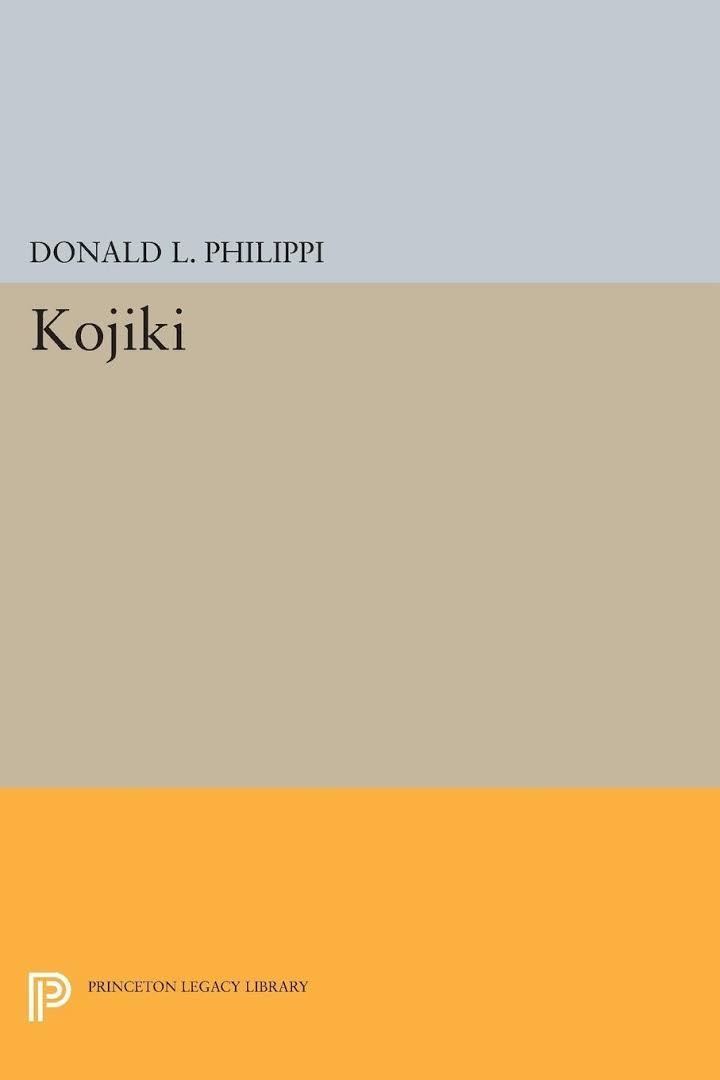7 /10 1 Votes
Originally published 712 AD Editor Ō no Yasumaro | 3.5/5 Goodreads | |||||||||||||||||||||||||||||||||
 | ||||||||||||||||||||||||||||||||||
Similar Japan books, Other books | ||||||||||||||||||||||||||||||||||
Kojiki modern translation tsuneyasu takeda
Kojiki (古事記, "Records of Ancient Matters" or "An Account of Ancient Matters"), also known as Furukotofumi, is the oldest extant chronicle in Japan, dating from the early 8th century (711–712) and composed by Ō no Yasumaro at the request of Empress Genmei. The Kojiki is a collection of myths concerning the origin of the four home islands of Japan, and the Kami. Along with the Nihon Shoki, the myths contained in the Kojiki are part of the inspiration behind many practices. Later, the myths were re-appropriated for Shinto practices including the misogi purification ritual.
Contents
- Kojiki modern translation tsuneyasu takeda
- Structure
- Sections
- Study of the Kojiki
- English language translations
- Manuscripts
- References
Structure
The Kojiki contains various songs/poems. While the historical records and myths are written in a form of Chinese with a heavy mixture of Japanese elements, the songs are written with Chinese characters that are only used to convey sounds. This special use of Chinese characters is called Man'yōgana, a knowledge of which is critical to understanding these songs, which are written in Old Japanese.
Sections
The Kojiki is divided into three parts: the Kamitsumaki (上巻, "first volume"), the Nakatsumaki (中巻, "middle volume") and the Shimotsumaki (下巻, "lower volume").
Study of the Kojiki
In the Edo period, Motoori Norinaga studied the Kojiki intensively. He produced a 44-volume study of the Kojiki called Kojiki-den (古事記伝, "Kojiki commentary").
English language translations
Manuscripts
There are two major branches of Kojiki manuscripts: Ise and Urabe. The extant Urabe branch consists of 36 existing manuscripts all based on the 1522 copies by Urabe Kanenaga. The Ise branch may be subdivided into the Shinpukuji-bon (真福寺本) manuscript of 1371–1372 and the Dōka-bon (道果本) manuscripts. The Dōka sub-branch consists of:
The Shinpukuji-bon manuscript (1371–1372) is the oldest existing manuscript. While divided into the Ise branch, it is actually a mixture of the two branches. The monk Ken'yu based his copy on Ōnakatomi Sadayo's copy. In 1266, Sadayo copied volumes one and three, but did not have access to the second volume. Finally, in 1282, he obtained access to the second volume through a Urabe-branch manuscript that he used to transcribe.
